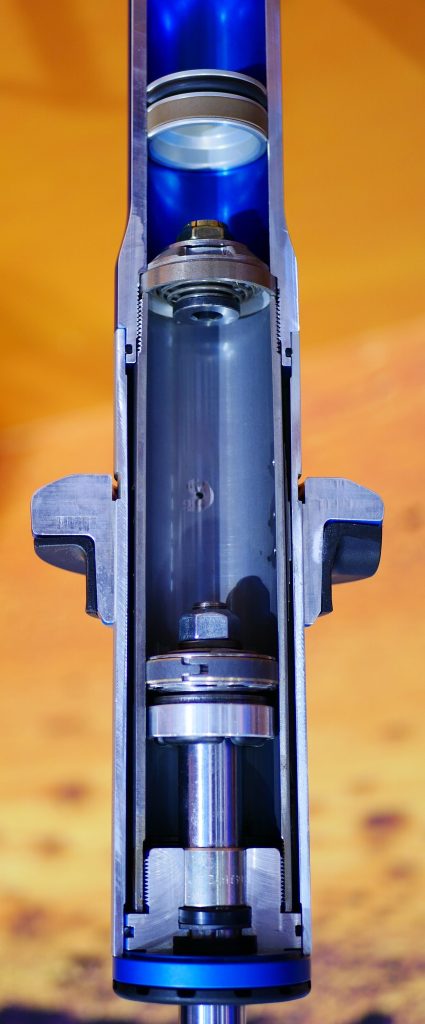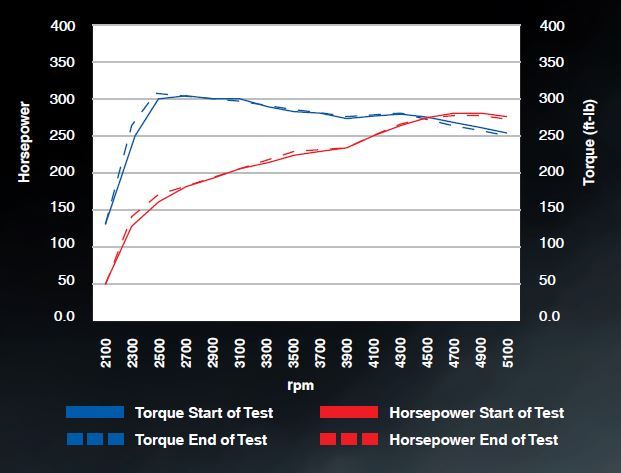Fork Oil – Which do I use? We sell a good amount of fork oil in Sioux Falls thanks to some great motorcycle shops who know how to maintain the various units out there. But if you have a shop manual, the right tools and some patience give it a try! Some units are very […]
You are browsing archives for
Tag: performance
Why Did We Reformulate Signature Series ...
Why Did We Reformulate Signature Series Synthetic Motor Oil? Local Sioux Falls note: We are reposing this article from last fall as it is important to realize the changes coming and how these enhancements will only add to the performance on older vehicles too. AMSOIL’s Signature Series likely already exceeds the future API specification which […]
World’s Most Powerful Outboard Motors Re
World’s Most Powerful Outboard Motors Rely on AMSOIL Seven Marine, maker of the world’s most powerful outboard motors, has a saying: We move the people who move the world. The Germantown, Wis. company designs, builds and sells outboard motors that produce up to an astonishing 627 hp and power some of the fastest and most […]
The 3000 Mile Oil Drain Fails To Address...
The 3000 Miles Oil Change Interval Doesn’t Address Oil Quality When people say to me they change their oil at 3000 so not to take any chances that dirt could be causing damage or the oil could be getting “bad”, I say to them, why not change every 50 miles then?? I’m sure the oil […]



